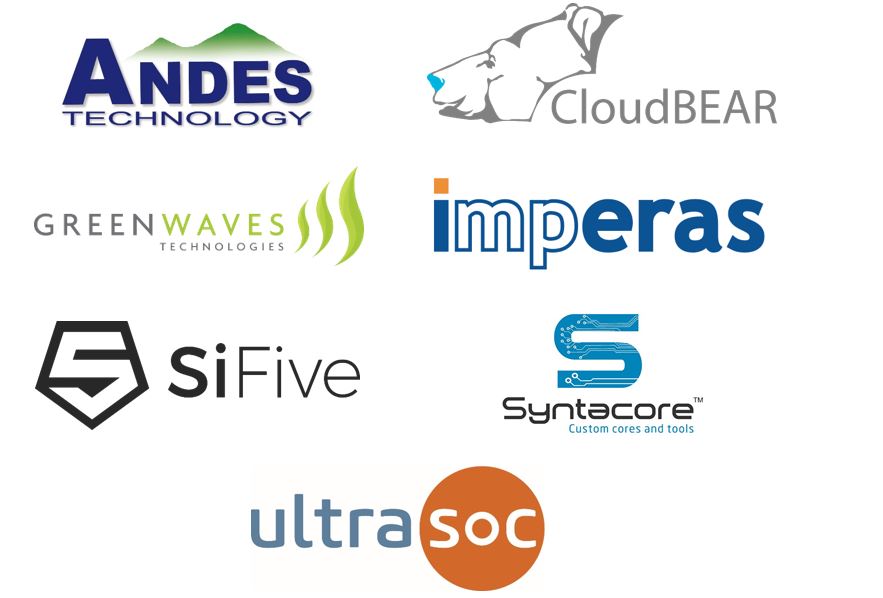Join us at the Embedded World 2019 Exhibition & Conference from Tuesday, Feb. 26 to Thursday, Feb. 28, 2019 at the NürnbergMesse in Nuremberg, Germany.
Visit Our Booth Featuring Seven Member Companies
The RISC-V Foundation booth will feature pods from member companies Andes Technology, CloudBEAR, GreenWaves Technologies, Imperas Software, SiFive, Syntacore and UltraSoC. Visit us in Hall 3A, booth 3A-536.
Check Out Our Members’ Booths
Additional RISC-V member companies will be located at the following booths:- AdaCore – Hall 4 / 4-149
- Antmicro – Hall 4A / 4A-621
- Ashling Microsystems – Hall 4 / 4-107
- Cobham – Hall 3A / 3A-518
- Cortus – Hall 3 / 3A-601
- IAR Systems – Hall 4 / 4-216
- Microchip Technology – Hall 1 / 1/500 & 1-510
- NXP – Hall 4A / 4A-220
- Silex Insight – Hall 4A / 4A-100
- SYSGO – Hall 4 / 4-534
- Trinamic Motion Control – Hall 3 / 3-511
- Western Digital – Hall 3A / 3A-429
Take Part In Our Scavenger Hunt To Win Prizes
We’ll also be hosting a fun scavenger hunt! You can find the scavenger hunt form at the RISC-V Foundation booth (Hall 3A, booth 3A-536). To participate, visit each of the pods in the RISC-V Foundation booth and the booths of our the participating member companies: AdaCore, Antmicro, Ashling Microsystems, Cortus, IAR Systems, Microchip Technology, NXP, Silex Insight, Silicon Labs, SYSGO, TRINAMIC Motion Control and Western Digital. At each booth, please speak with a company representative to receive a RISC-V sticker. Return your completed passport form to the RISC-V Foundation booth and share your business card to be entered to win one of the grand prizes. Winners will be selected each day; participants must be able to pick up prize from the RISC-V Foundation booth during the duration of the show.Stop by the RISC-V Networking Event & Happy Hour
Join us at the RISC-V Foundation booth to network with RISC-V enthusiasts and enjoy happy hour drinks on Tuesday, Feb. 26 and Wednesday, Feb. 27 from 17:00 to 18:00 CET. The scavenger hunt prize drawings for the first two days of the show will take place at the happy hour events.Attend RISC-V Speaking Sessions
Throughout the show, the RISC-V Foundation booth will feature talks from:- Andes Technology: Presentation here | Slides here
- CloudBEAR: Presentation here | Slides here
- GreenWaves Technologies: Presentation here | Slides here
- Imperas Software: Presentation here | Day 1 slides here | Day 2 slides here
- RISC-V Foundation: Presentation here | Slides here
- SiFive: Presentation here | Slides here
- Syntacore: Presentation here | Slides here
- UltraSoC: Presentation here | Slides here